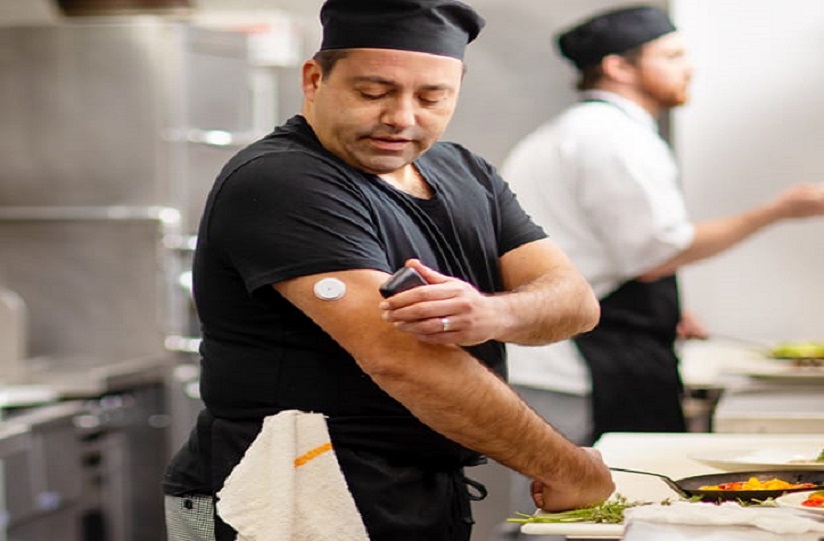Diabetes contributes greatly to the health burden of India. As per the recent study undertaken by Indian Council of Medical Research, India is home to the world’s second-largest adult diabetes population and every sixth person with diabetes in the world is an Indian. The past three decades witnessed a 150% increase in the number of people with diabetes in the country.1
While the issue of diabetes is widely talked about, the problem of hypoglycemia, appears to be a neglected entity. It is a condition in which blood glucose level fall lower than the standard range. Low blood glucose may also be referred to as an insulin reaction, or insulin shock.
While each person’s reaction to low blood glucose is different, the common indicators of low blood glucose include being nervous or anxious, sweating, chills and clamminess, irritability or impatience, fast heartbeat, feeling lightheaded or dizzy, among others. In severe cases, patients can feel disoriented, numb, drowsy and have blurry vision, or difficulty in speaking.
Dr. Suhas Erande, Consultant Diabetologist, Pune, adds, “Hypoglycemia is a condition in which your blood sugar (glucose) level is lower than the standard range. Every individual has different symptoms when his or her glucose levels go down. Therefore, it is important that you monitor your glucose continuously, to know whether you are experiencing low blood glucose trends. Today there are prick free painless continuous glucose monitoring devices that present real-time information on glucose trends, visualizing the 24-hour roadmap of the individual’s glycemic variations.”
Some people with diabetes may not show symptoms, but many others do not even notice them, which is when managing low blood glucose levels becomes challenging. It can lead to severe episodes and medical emergencies. Here are some tips to manage hypoglycaemia effectively:
- The 15-15 rule: This rule includes consuming 15 grams of carbohydrate to raise blood glucose levels and check it after 15 minutes. One can have fruits, sugary foods, or drinks such as regular soda, honey lemon water to bring glucose levels to the normal range. If your blood sugar levels are not improving, seek emergency medical help immediately.
- Do not skip meals: The most common situation where hypoglycemia is developed is when a meal is missed. Therefore, it’s important to consume meals at the right time that would prevent episodes of hypoglycemia. Additionally, according to a study undertaken in India, women were at a higher risk of developing hypoglycemia, owing to different meal timings due to busy schedules, therefore, it is important to educate patients as well as family members regarding timely meals in diabetic elderly women, which would help in preventing hypoglycemia.
- Continuous glucose monitoring: Disciplined diabetes management includes regular glucose monitoring, which has become easier with There are sensor-based CGM devices that show the directional trend of the glucose levels, thus alarming the patient in case of low blood glucose levels. Monitoring blood glucose levels also aids in managing diets, workout regimes, and rebuilding lifestyle around diabetes for effective management.
- Do not forget your Diabetologist: Regular consultation for hypoglycemia is non-negotiable. Keep your doctor updated, even if your blood sugar levels are going back to normal. People with diabetes can experience changes that may compel diabetologists to reconsider the standard blood sugar level. Treatment varies from patient to patient and may also vary with the intensity of the condition.
Diabetes is a chronic disease and requires lifelong care and with technology advancements today, monitoring glucose levels has become simple and accessible. All one needs to do is keep the doctor in loop. With few simple steps, one can truly live fully with diabetes.
